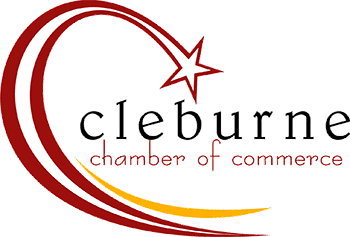How to Build an Inclusive, Accessible Business That Welcomes Everyone
Creating a business that welcomes everyone doesn’t have to mean gutting your space or rewriting your entire playbook. Inclusion lives in the little things—in how someone’s greeted at the door, whether they see themselves in your marketing, or if they can access your service without having to ask twice. These aren’t cosmetic upgrades. They’re low-friction, high-impact shifts that change how people experience your business. And while big initiatives get headlines, it’s the quiet, repeatable moves that reshape your customer relationships—and your bottom line.
Rethink How You Hire and Who You Welcome
Hiring isn’t just about filling a role. It’s the first signal of who’s valued in your space. Small tweaks—like rewriting job descriptions in plain language or offering accommodations during interviews—go further than splashy DEI statements. But the deeper shift comes from training hiring managers on bias, giving them tools to pause assumptions before they calcify into decisions. You don’t need a consultant to start. A free internal workshop or a shared article can be enough to open up a conversation that changes how your team makes choices.
Start With the Floors and Doors You Already Have
Accessibility upgrades often conjure images of expensive remodels. But many of the most effective fixes don’t involve construction. Swapping door knobs for lever handles, lowering countertop sections, or clearly marking paths with visual cues are all low-cost office accessibility upgrades that signal, “You’re considered here.” Even portable ramps, anti-slip mats, or flexible seating can quietly communicate care—especially to customers who never announce their needs. Think of it less like compliance and more like hospitality at the structural level.
Make Your Media Multilingual (Without Starting from Scratch)
Audio, especially in explainer videos or social reels, is often overlooked in accessibility conversations. But spoken content holds emotional nuance, and leaving it untranslated walls off whole audiences. Small businesses now have access to tools that translate spoken content across languages, making it easier than ever to serve multilingual communities. This is interesting for product walkthroughs, customer stories, or event recaps, ensuring they can hit with full emotional weight across cultures. And when you remove that barrier? You’re not just reaching new customers—you’re building something shared.
Neurodiversity Isn’t a Buzzword—It’s a Design Input
Designing for neurodivergent customers or staff doesn’t require guessing. It just means being willing to ask better questions and build in more choice. Offering quiet spaces in your store, keeping scents minimal, or giving people a heads-up on sensory experiences goes a long way. More importantly, engaging in open neurodiversity conversations with your team invites lived experiences into the design loop. The point isn’t to get it perfect. It’s to keep showing up to the conversation without flinching.
Build Customer Service for How People Actually Communicate
Phones aren’t universal. Some people rely on text. Others need video with captions. A one-size-fits-all service channel fails the minute someone can't access it—and they won’t always tell you why. That’s why offering multiple accessible support options matters. It’s not about tech for tech’s sake. It’s about recognizing that frustration is cumulative, and that empathy baked into your service flow is the difference between churn and loyalty. Think of accessibility not as a feature, but as a threshold: Can everyone who needs help reach it?
Make Digital Touchpoints Speak to Everyone
Your website, online store, and booking flow are often the first “locations” your customers interact with. And if these digital doors are hard to open—visually dense, non-descriptive links, tiny text—people won’t ask for help. They'll just leave. Commit to following WCAG 2.1 AA standard as your baseline, not just because it keeps you legal, but because it lets more people experience what you offer. Screen readers, color contrast, tab navigation—it’s a behind-the-scenes infrastructure that unlocks public presence.
Inclusion isn’t a finish line, and accessibility isn’t a feature you check off. They’re both ongoing invitations—signals that say, “We thought of you before you got here.” For a small business, that kind of message reverberates louder than a campaign. It’s found in the door that opens easily, the language that fits your customer’s needs, and the staff who know how to ask the right questions. You don’t need a complete system overhaul. You need a series of moments, designed with care and built to last. The good news? You can start that today—quietly, clearly, and without waiting for permission.

